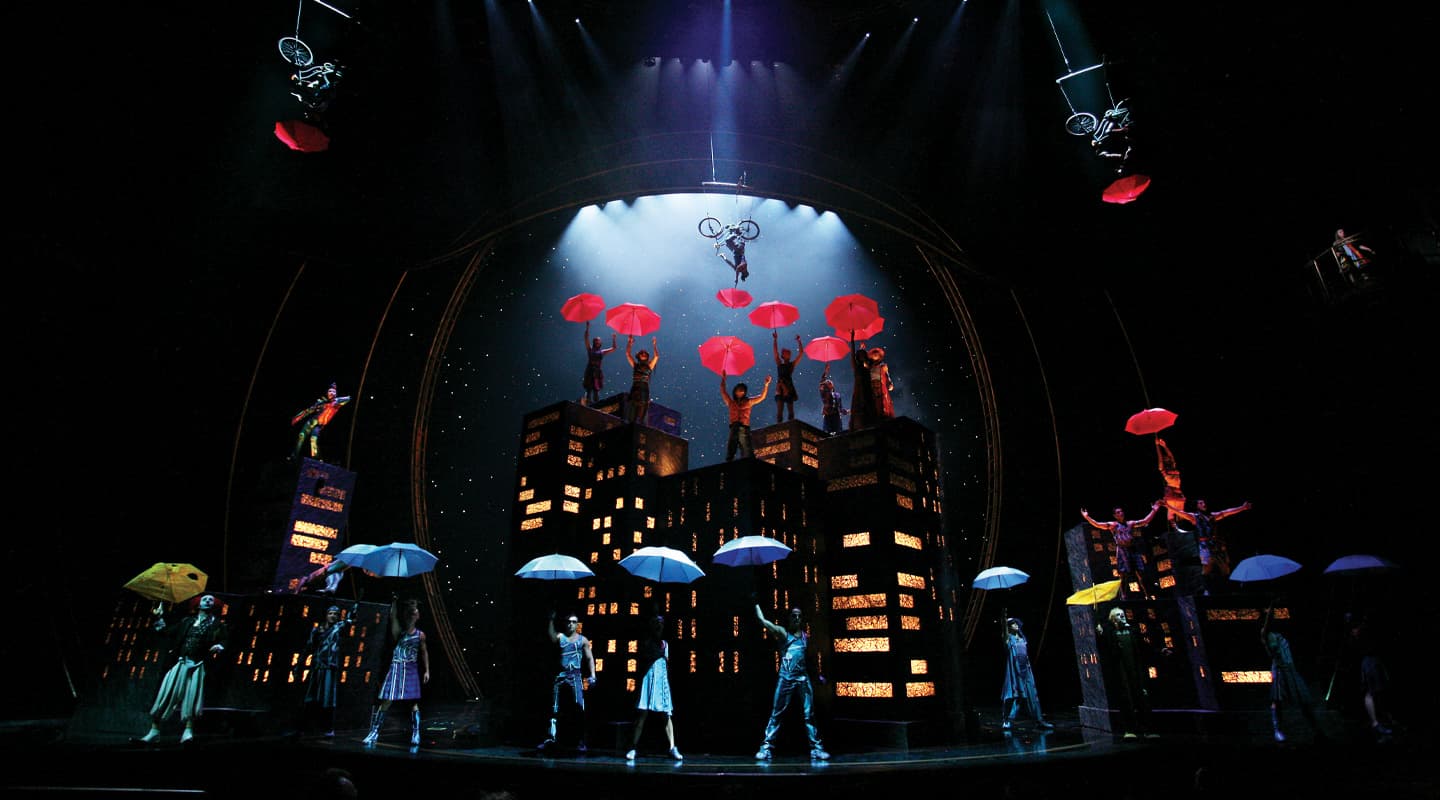
Zaia Macau
The world’s best known ‘big fancy circus’ has entered a new sphere of operations.
Text:/ Andy Ciddor
Images courtesy of Coolux
Let’s face it: most one-night-only shows get by on enthusiasm, luck, a quick-witted show crew and a serious dose of blind terror.
Cirque du Soleil, however, has a long tradition of producing spectacles at what ought to be an unsustainably-high standard of design, performance and production. The astounding thing about the company is, that not only is every production outstanding, but the quality of the performances remains consistent, engaging and exciting, even after years of performances and dozens of venues on the road. This is achievable only when productions are well planned, adequately resourced and thoroughly managed.
Zaia at the Venetian Macau Resort-Hotel may be Cirque du Soleil’s first resident production in Asia, but it is also the company’s ninth resident production in a purpose-built venue. Unsurprisingly, it too is a superbly-crafted entertainment. According to Cirque du Soleil’s publicity machine: “Zaia is about the dream of a young girl who journeys into space. The title, Zaia, comes from a Greek name meaning ‘life’ and is also reminiscent of ‘Gaia’, the living, self aware, spirit of earth.” The reality is that like all of the company’s productions, the ‘plot’ is fairly thin and used only as device to provide a theme for the design, directorial and choreographic teams. The question arises as to why it’s even necessary to attempt to overlay a plot on a dance, circus, physical theatre and musical spectacle. Perhaps it helps to make the marketing people feel more comfortable.
VENETIAN – STAYING AFLOAT
The Venetian Macau is part of a huge development of casinos and hotels on an area of newly reclaimed land on Macau, known as the Cotai Strip. This Venetian is pretty much a replica of the Venetian on the Las Vegas Strip, also owned by the Las Vegas Sands Corp. Quite why a replica of a Las Vegas casino, itself a romanticised fantasy version of an Italian city, should be appealing to visitors from the Chinese mainland, is a deep mystery. The vast and growing number of casinos in the People’s Republic of China (PRC) Special Administrative Region of Macau exist solely to give the increasing numbers of financially-endowed mainland Chinese gambling fanatics an opportunity to blow their share of the developing Chinese economy. Many have been coming several times each month.
The impact of the slowing of the Chinese economy has been quite painfully felt in Macau, particularly with the PRC government now restricting its citizens to two recreational visits per year. Over the past six months a number of building and reclamation projects on the Cotai Strip have been either mothballed or deferred.
A decade in the planning, Zaia opened in its US$150m (A$225m… this week) purpose-built 1801-seat theatre on 28/08/08 (the number 8 is considered lucky in the Chinese culture). In common with many of Cirque du Soleil’s resident venues, this space only superficially resembles a conventional theatre. The 27m-high by 30m-wide, eye-shaped proscenium is only the first indication that things are on a scale outside of the normal theatrical experience. Height is one of the unifying themes of this production. Many of the acts take place in the air, while the scenery and the choreography go to great lengths to emphasise the vertical.
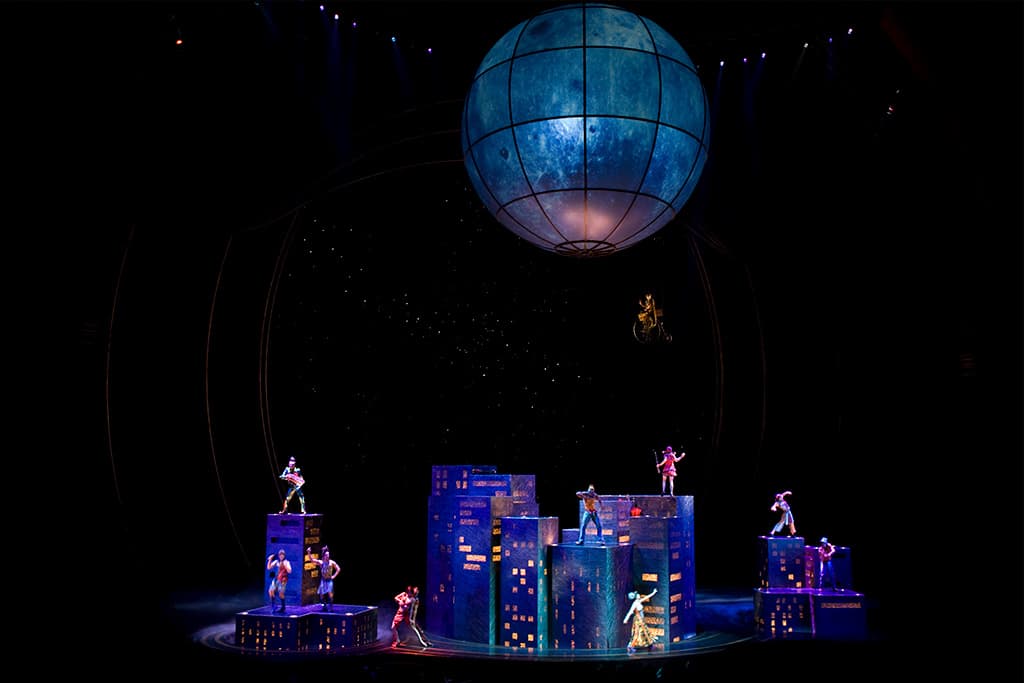
The many dimensions of Zaia: Stars from the fibre optic star cloth augmented with projected constellations. Circular trusses frame the stage. Scenery rises from below stage and cyclists enter from above and behind the audience.
Image courtesy Cirque du Soleil
FLYING CIRCUS
With an auditorium ceiling height of 24m, a flying grid some 30m above the stage floor, and three rotating circular stage lifts (1 x 8m and 2 x 4m) that drop 8m below the stage floor, the volume of the performing space is simply vast. This is emphasised by the scale of the 3000-point, 30m x 37m fibre optic star cloth at the rear of the stage and the full-height black projection scrim that sits downstage of it.
Zaia breaks down the barrier between the audience and the performance in a manner rarely seen before. Over the auditorium runs a 15m by 30m oval track that carries five radio-controlled dollies. Each dolly is capable of tracking at up to 1.8m/sec (5.6 km/hr), carrying a load of 300kg that can be continuously rotated in either direction, while being raised or lowered at up to 3m/sec. The dollies are loaded with performers and scenery from a gallery located at the rear of the auditorium, on the roof of the control rooms. This enables the entire volume of the auditorium to be filled at various times with aerial acts, dancers, scenic elements, clowns on bicycles, fairies, and all other manner of mystical creatures. Performers can make their entrance from over the heads of the audience and land on the stage or simply orbit through the auditorium and the stage spaces.
WANDERING ORB
The last major trick built into the theatre is the 7.6m diameter translucent sphere. Mounted on a gantry, track and winch rigging system, it can be moved at 1.8m/sec to virtually any point in the volume of the auditorium or the downstage half of the stage. Its home position is at the rear of the auditorium, immediately in front of the control room, thus blocking any view of the stage for nearly a quarter of the control room windows. When not in use, the sphere has to go somewhere out of audience sight lines and out of the path of the dollies on the oval track. This, of course, came as a surprise to no one after such detailed planning and design of the show and its home.
Main projection ought to be fairly straight forward on a production such as this, with a great big scrim screen at the rear of the stage. Except, of course, that the scrim is mostly holes, and it’s black so that it’s unobtrusive when not in use. The solution is to hit it pretty hard with something quite bright: in this case four of Christie’s Roadster S+20Ks, which, as the name implies, pump out about 20,000 ANSI lumens. However, with the auditorium full of flying bicycles, fairies, ice blocks and a big wandering sphere, there is no place to locate the projectors where they will have an uninterrupted shot at the screen.
The solution is to have two sets of four Roadster S+20Ks, placed left and right in the auditorium so that between them, shadows are reduced and levels are maintained (or a projector dropped out completely when the shadow is too obvious). Fading of the projectors is achieved using good ol’ low-tech optical faders from Robert Juliat.
To compensate for the distortion produced by the projector offsets, each of the eight units is fitted with a Christie Twist image processing board and, as a bonus, gets on-board edge blending. The Twist boards not only handle the processing on the fly, they also eliminate the need for a further two pairs of video servers.
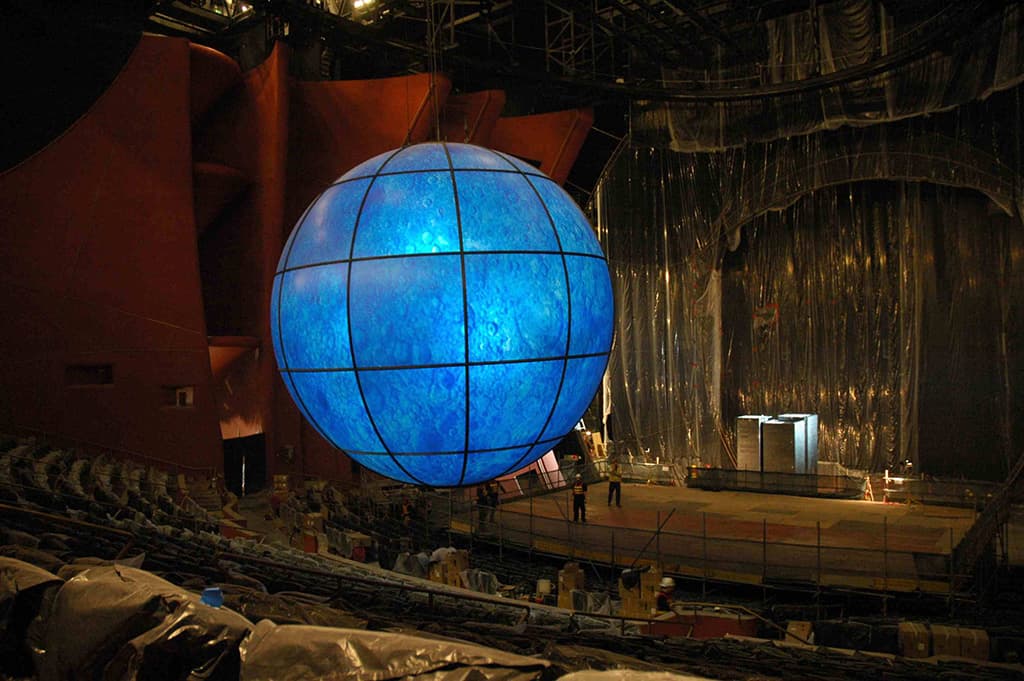
The 2.3-tonne sphere gets one of its first workouts during construction.
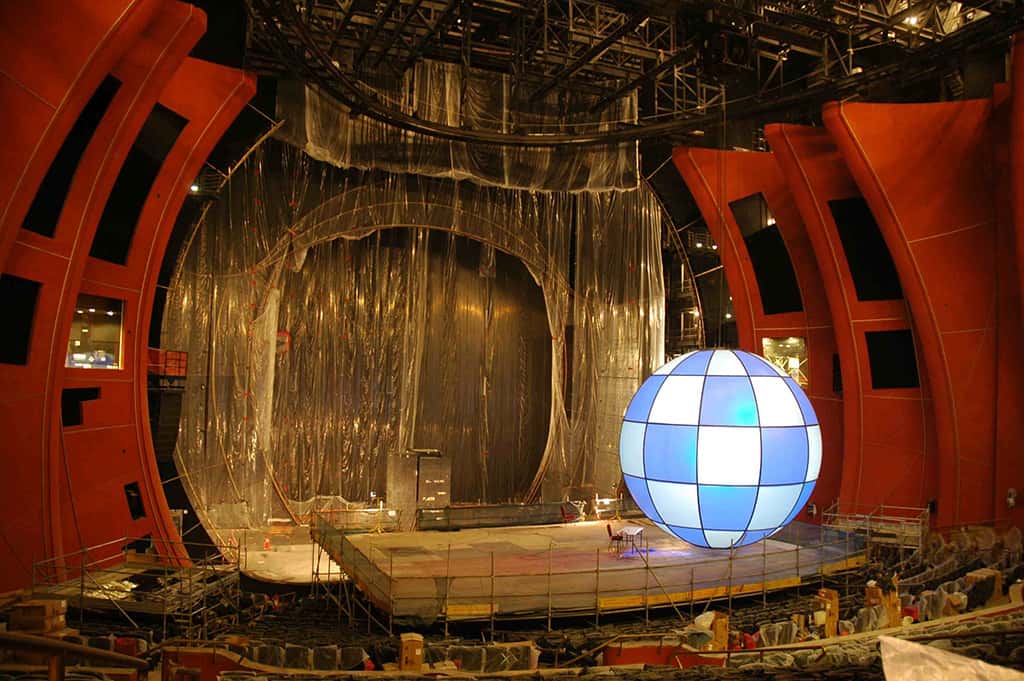
A view of the auditorium during construction revealing the scale of the proscenium and stage. Visible are the oval track that traverses the auditorium; part of the lifting and tracking system for the sphere; the control room/musicians’ rooms high up on the proscenium arch; and the temporary decking covering the installation of the three stage lifts.
WHAT’S IN THE ROUND
The 2.3-tonne sphere is constructed from 55 custom-built rear projection panels, fitted to an aluminium exoskeleton. At various points in the show, through the magic of projection, the sphere transforms from a ball into a hot air balloon, the earth, the moon, and other stellar objects. Inside, in between the rigging gear and the control equipment, reside six Christie DS+8K (8500 ANSI lumen) projectors fitted with rather strange-looking ultra-wide angle (180˚) lenses to cover the entire inside surface of the sphere.
Images are stored and processed using the Pandoras Box system from Coolux. The Media Manager software, together with a Media Vision controller, is used to program, schedule and playback the video for all 14 projectors, while five of the system’s Media Servers process and play out the images. The server’s ability to map moving images onto complex surfaces in real time is what makes the projection on the sphere possible and believable. A 3D model of the sphere constructed in 3ds Max was all that was required for Pandoras Box to undertake the considerable feat of mapping the images evenly onto the inside surface. A duplicate set of five servers are used to provide full redundancy for video playback and processing during performances.
All video for the system is in DVI format. Video sources are routed from the servers to the projectors using a pair of PureLink DS-1818M DVI matrix switchers and fed out to the projectors via optical fibre using ThinkLogical VIS-60 dual DVI-to-fibre adapters. The video sources are monitored using an Evertz 20 DVI input MVP multi-image display processor. In addition to this installation, Jon Mytyk, Zaia’s Head of Projection, has set up software monitoring and control to allow tracking of system status and to provide a rapid switchover on the routing matrix from the main to the backup servers at the first sign of trouble.
FUTURE PROJECTIONS
Now, six months since opening night, Zaia is settling into what will almost certainly be a very long run, although the performance schedule may vary as the full impact of the economic slowdown in China becomes known. This is the point at which the professionalism of the Cirque du Soleil company really kicks in. While Jon Mytyk and the projection department may continue to refine their monitoring software and add even more datum points to the 3ds Max image of the sphere for even smoother correction, the show now inexorably moves into a stable configuration. With no new toys or changes to make, the process of rehearsal, training of deps and understudies and running a good preventive maintenance programme, becomes the daily grind and aiming for that one perfect show becomes the crew’s goal. Cirque du Soliel are good at this part, which is why they have 17 shows performing around the world this very night.
If you do happen to be in Hong Kong, Macau or southern China, you could do a lot worse than spend a few hours being astounded by the quality, professionalism and beauty of this production.
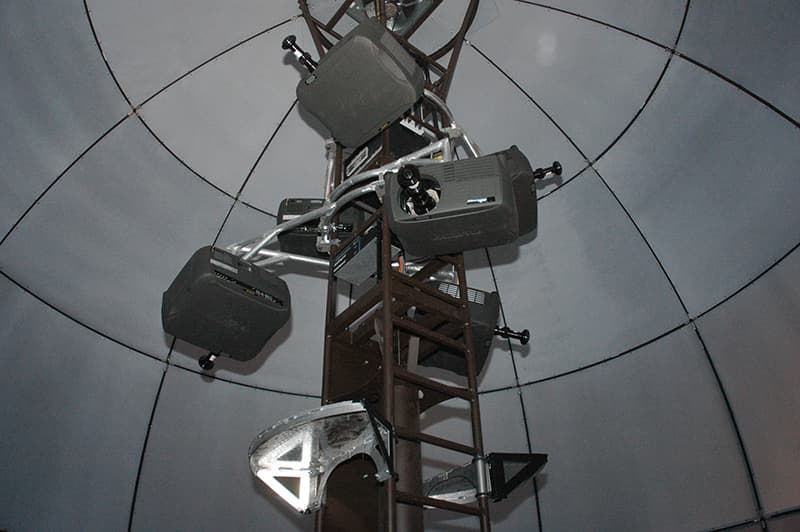
Crammed inside the sphere, in less than ideal positions, are six Christie DS+8K projectors fitted with super-wide lenses to cover the entire surface with throws less than three metres.
PROJECTION EQUIPMENT LIST
8 x Christie Roadster S+20K projectors
6 x Christie DS+8K projectors
6 x Custom 180 degree lens for 8Ks
10 x Coolux – Pandora’s Box Servers
1 x Coolux – Pandora’s Box Media Manger Pro with Media Vision controller
1 x Evertz 20 x DVI input MVP multi-image display processor
2 x PureLink DS-1818M DVI Matrix Switchers
7 x ThinkLogical VIS-60 DVI-to-fibre adapters

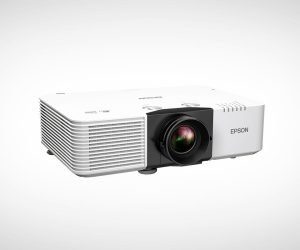



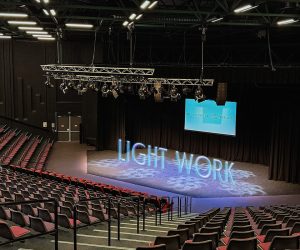






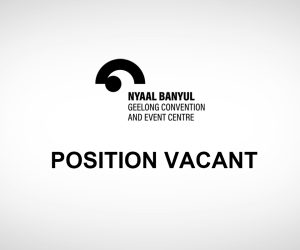


RESPONSES